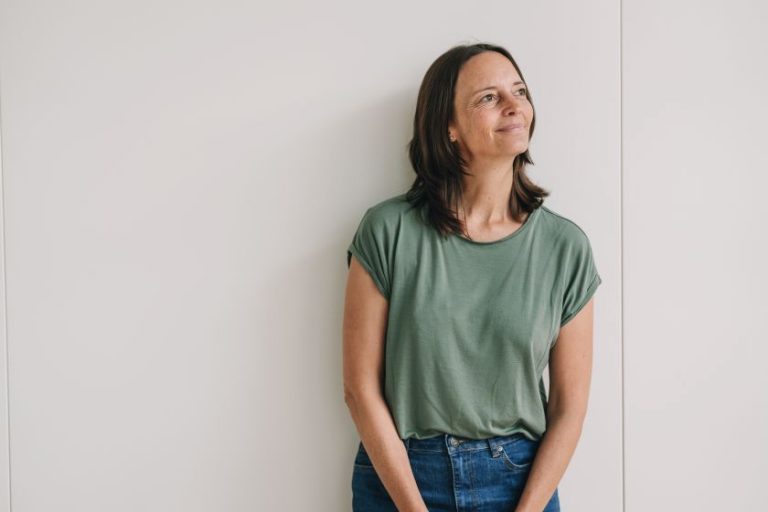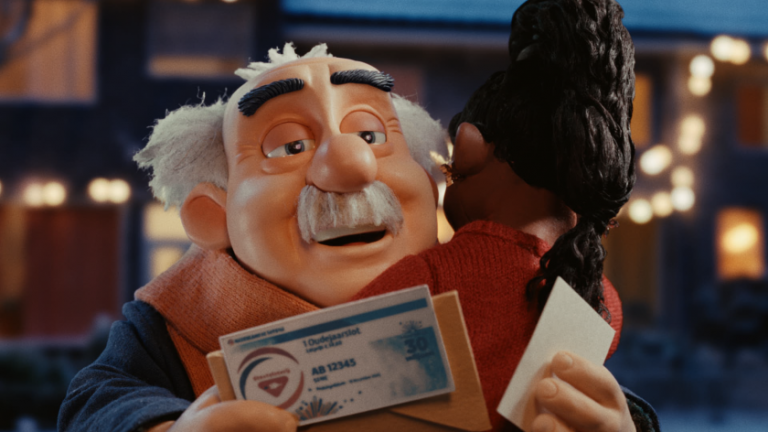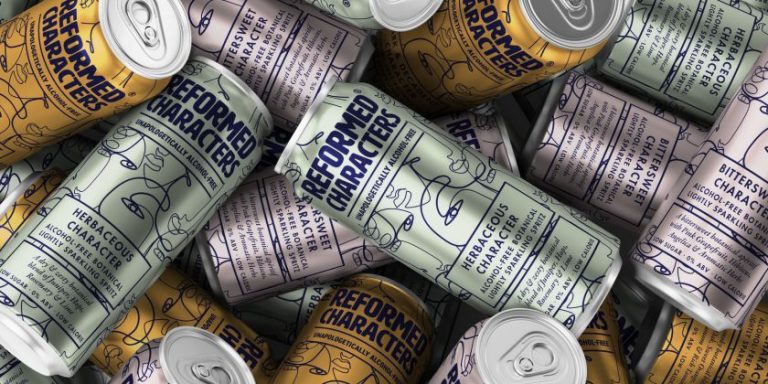The campaign was devised to be “joyful and uplifting” without feeling “disingenuous or unrealistic” and foregrounds the amazing work that happens in children’s hospitals globally.
The Children’s Hospital Association (CHA) recently launched its new ‘Made Possible’ campaign, created by the strategic design studio Team.
The CHA acts as a voice for over 220 children’s hospitals globally, serving as a space for clinical and administrative leaders to foster meaningful change in children’s healthcare. When the association faced uncertain legislative challenges last year, it enlisted Team to help design a compelling campaign to raise awareness for all the amazing work that children’s hospitals do.
The project began when Team’s research partner, who has a long working relationship with CHA, approached them to collaborate on the campaign project. The studio has previously worked with this partner on its own rebrand, and the two businesses have collaborated on other projects in the past.
On winning the work, Team head of strategy Sam Lee says: “We saw it as an opportunity to work on a project with a clear, tangible impact on a community in need.
“The unique audience and goals of the campaign also presented an interesting challenge to solve, so it was an exciting project to dive into.”
The campaign aimed to raise awareness among lawmakers and key opinion leaders of the important work that children’s hospitals do. One issue that was flagged to Team is that because paediatric care is viewed as a compelling cause, there’s a perception that children’s hospitals can easily get funding, which, unfortunately, is not the reality.
According to Lee, more than half of Americans are unaware that funding is a major issue for children’s hospitals. The campaign seeks to address this knowledge gap while highlighting the positive impact of children’s hospitals.
With any subject like this, there are two stories to be told: the uplifting and important work of the hospitals and the need to hammer home that this is a serious issue that requires attention. Striking the balance in communicating these two things was one of the challenges, says Lee, as Team wanted the campaign to be “joyful and uplifting” without feeling “disingenuous or unrealistic”.
He explains how Team listened closely to CHA in a bid to really understand their perspective, ensuring that the campaign represented “a wide range of their patient population, from children with complex, challenging conditions to more routine care situations”.
“We were really intentional about finding the right imagery and choosing nuanced stories that would resonate with our audience,” Lee adds. In early conversations, it was decided that the campaign should focus on the positive moments made possible by children’s hospitals rather than on the hardships that paediatric patients and their families face (a route more typical in this space).
Conversations with CHA unearthed that, in every hospital, there was a genuine focus on care, hope, and joy that motivated the people who work there, which inspired this celebratory approach. “We didn’t need to show the scary details of surgeries and procedures to show the bravery of a patient or the love that surrounded the family,” says Lee.
“Instead of focusing on the conditions or the hardships, we opted to show these real moments that happen in a child’s life that could speak to the true impact of children’s hospitals.”
Campaign photography was used to highlight these stories and reinforce their joyful nature, with imagery chosen to feel authentic and empowering, differentiating it from other campaigns in the space. Lee says the campaign’s bright and bold colour palette complements this, fitting into space “without being patronising or trivialising”.
The typeface Rama Gothic Rounded from Dharma Type is used in the campaign for its ability to appear bold and eye-catching when paired with short statements. Lee feels that the rounded edges also give it “a friendly and youthful energy”.
For the campaign logo, the design team was originally experimenting with a star motif before realising that using it as an asterisk created a clever type system that worked cohesively with the copy theme. “It allowed us to really forefront the kids and the joyful, real moments while still reminding the viewers that it was a children’s hospital that made that moment possible,” says Lee.
Creating a microsite for the campaign was also in Team’s remit, developed to be a content hub for the stories used as inspiration for the work. Lee says, “Creating a content-rich site gave it so much more life than a simple site breaking down the issues.
“Just like the campaign visuals, we wanted to make the impact of children’s hospitals the star of the show.”










